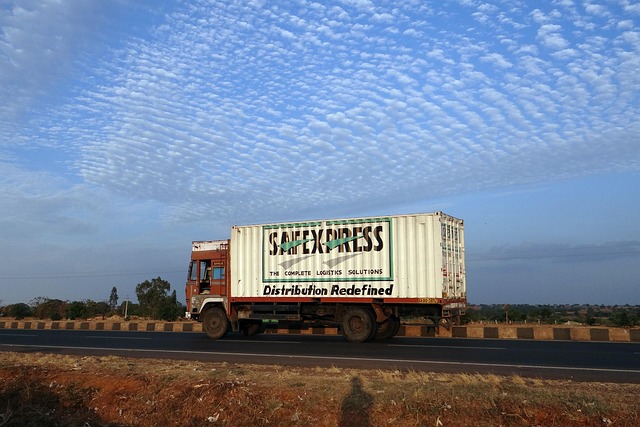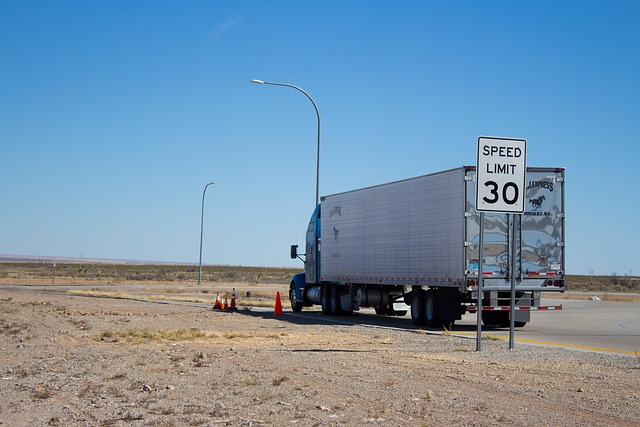Physical damage policies, including collision, comprehensive, and in-transit liability, are essential components of comprehensive trucking fleet insurance, protecting against accidents and natural disasters. By combining these policies with insurer discounts for safe driving and well-maintained vehicles, fleet managers can enhance operational continuity, financial stability, and peace of mind. Strategic solutions like bundling policies, implementing safety measures, and staying informed about regulations can lead to significant cost savings while maintaining robust protection. Effective risk management through trucking fleet insurance is a key differentiator in the competitive industry, as demonstrated by a case study showing a 20% premium reduction and improved operational efficiency for a mid-sized firm.
“Unleash Cost Savings: Unlocking the Potential of Physical Damage Policies with Fleet Discounts for Trucking Operations. This comprehensive guide navigates the intricate world of trucking fleet insurance, focusing on strategic insights to maximize benefits.
From comprehending physical damage policies tailored for trucking fleets to exploring the profound impact of fleet discounts on insurance costs, we provide a detailed roadmap. Discover effective strategies and real-world case studies showcasing successful risk management in the dynamic landscape of trucking fleet insurance.”
Understanding Physical Damage Policies for Trucking Fleets

Physical damage policies are an essential component of comprehensive insurance for trucking fleets. These policies protect against financial losses arising from accidents or natural disasters that cause physical harm to vehicles, cargo, and even fixed assets like terminals. In the context of trucking fleet insurance, understanding these policies is crucial as they can significantly impact operational continuity and financial stability.
Trucking fleet managers must familiarize themselves with various coverage options, such as collision, comprehensive, and in-transit liability. Collision coverage protects against damages incurred during accidents, while comprehensive insurance covers a broader range of perils including theft, vandalism, and natural calamities. In-transit liability ensures that the carrier is protected if goods are damaged or lost during transportation. Leveraging these policies effectively, along with fleet discounts offered by insurers for maintaining a safe driving record and well-maintained vehicles, can maximize the benefits for trucking operations, ensuring peace of mind and financial security.
The Impact of Fleet Discounts on Insurance Costs

The implementation of fleet discounts can significantly reduce insurance costs for trucking fleets, leading to substantial financial savings. These discounts are designed to incentivize safer driving practices and encourage businesses to maintain well-maintained vehicles. By pooling risks and promoting responsible behavior, insurance companies offer lower rates to fleets that meet specific criteria. This cost reduction is particularly beneficial for small trucking operations and can improve their overall profitability.
When combined with physical damage policies, fleet discounts create a powerful strategy for risk management. The discount program encourages drivers to be more cautious, reducing the likelihood of accidents and subsequent claims. As a result, insurance providers can offer better rates, making trucking fleet insurance more accessible and affordable. This approach not only benefits businesses but also contributes to safer roads by rewarding safe driving practices.
Strategies to Maximize Benefits: A Comprehensive Guide

To maximize the benefits of physical damage policies with fleet discounts, trucking fleet insurance providers offer several strategic options. Firstly, bundle your insurance policies to take advantage of multiline discounts. This comprehensive approach not only simplifies administrative tasks but also secures savings on overall coverage costs. Secondly, implement robust safety measures within your fleet operations. Investing in advanced driver training, regular vehicle maintenance, and technology like telematics can significantly reduce accident risks, leading to lower claims and premium rates.
Additionally, stay informed about industry regulations and best practices related to trucking fleet insurance. Regularly review your policy terms and conditions, keeping up with changes that could impact your coverage or eligibility for discounts. Leveraging these strategies ensures not only optimal financial savings but also enhances the overall safety and efficiency of your trucking operations.
Case Studies: Success Stories of Efficient Risk Management

In the dynamic landscape of trucking fleet insurance, successful risk management is a testament to the strategic integration of physical damage policies and fleet discounts. Case studies from leading trucking companies demonstrate that a well-designed risk management strategy can significantly enhance operational efficiency and financial stability. For instance, consider a mid-sized trucking firm that implemented a comprehensive insurance plan combining comprehensive and collision coverage with substantial fleet discounts. By centralizing their insurance needs and negotiating rates based on their large vehicle fleet, they achieved a 20% reduction in annual insurance premiums while maintaining robust protection against physical damages.
This success story highlights the power of collective bargaining and risk mitigation. The company’s approach not only saved them considerable financial resources but also streamlined their operations by simplifying insurance administration. Furthermore, the reduced insurance costs allowed them to reinvest savings into fleet maintenance and driver training, ultimately improving safety and efficiency on the road. Such examples illustrate that efficient risk management in trucking fleets is a game-changer, fostering both cost-effectiveness and operational excellence.
Physical damage policies, coupled with strategic fleet discounts, offer significant advantages for trucking operations. By understanding these policies and leveraging available discounts, fleets can optimize their risk management strategies, reducing insurance costs without compromising coverage. The comprehensive guide provided offers valuable insights into maximizing these benefits, while case studies highlight successful real-world implementations. Embracing these practices can lead to substantial savings and enhanced financial stability for trucking fleet insurance providers and their clients alike.
